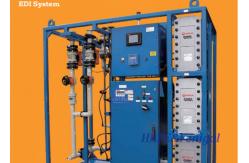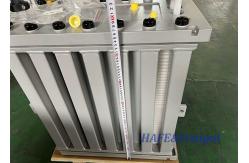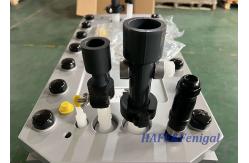Hot Water Sanitizable Stacks Reverse Osmosis EDI Membrane Stack Electro-Deionization
|
|
Hot Water Sanitizable Stacks Reverse Osmosis EDI Membrane Stack Electro-Deionization
For many years, operators of pure water production systems were
trying to find a technology to replace mixed bed ion exchange for
final demineralization. The operating cost as well as the
complexity and risks associated with acid and caustic regeneration
were frustrations to these operators. EDI became established as the
innovative alternative solution by reducing operating costs,
improving site environmental, health, and safety risk profiles, and
producing a continuous and steady supply of pure and ultrapure
water.
EDI utilizes both traditional ion exchange resin and ion exchange membrane to remove contaminants, including those that are uncharged or lightly charged in the feed water such as silica and boron. The biggest advantage lies in the fact that EDI technology employs direct current to drive contaminants out of the feed water and through the ion exchange membranes into the concentrate channels. The direct current also splits water into hydrogen and hydroxyl ions which act as continuous regenerating agents so that contaminants do not accumulate on the ion exchange resin. Therefore, EDI can continuously and predictably produce high-purity and ultrapure water with equal or better quality than mixed bed ion exchange.
Advantages Of EDI Compared To Mixed Bed
Quality Assurance
|
| Product Tags: edi module water treatment electrodeionization module water treatment edi modules |
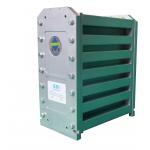
|
3000L/H 5000L/H Industrial EDI Membrane Module LCM Series |
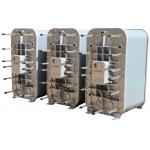
|
500L/H-7000L/H LCX Series Industrial General EDI Modules |
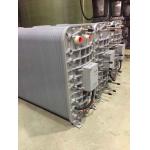
|
Ionpure CEDI LX-Z IP-LXM18Z-5 For Industrial |
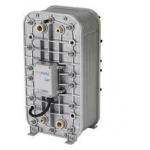
|
Ionpure CEDI LX-Z IP-LXM04Z-5 For Laboratory Ultrapure Water Systems |
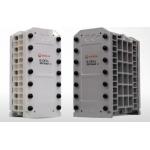
|
8.0m3/h Veolia MK-9 Suez EDI Stacks Boiler Feed Water For Power Plants |
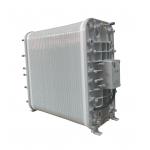
|
500L/H--5000L/H High Temperature Sterilization Type EDI Modules LCX-H Series |

